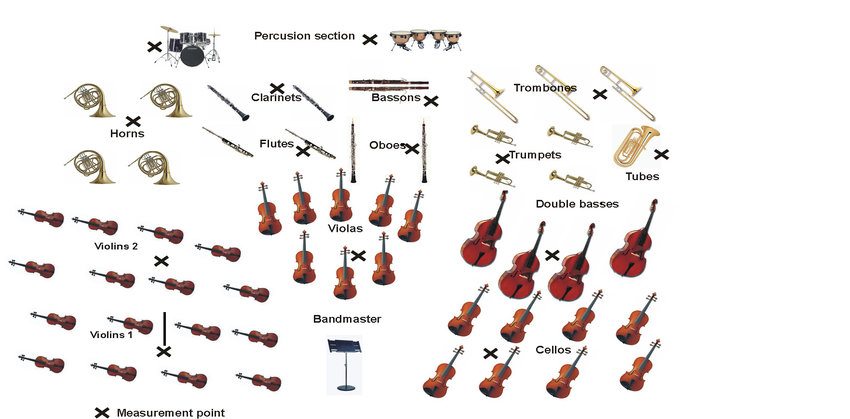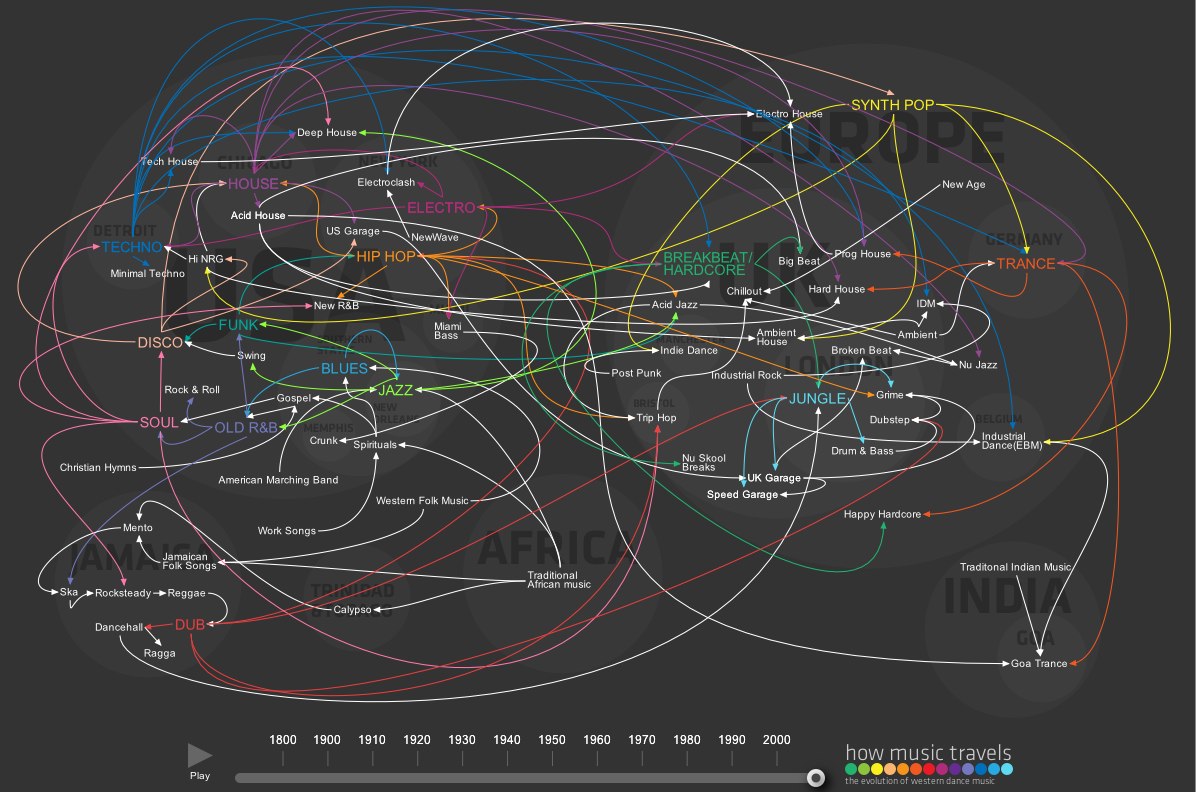Strings and Keys: A Symphony of Musical Instruments
In the tremendous and captivating universe of music, where feelings are woven into tunes and stories are told through harmonies, hardly any things catch the pith of imagination and articulation like instruments. Among the most enrapturing are the instruments that produce their sounds through strings and keys. These instruments have the ability to move audience members to various periods and inspire a scope of feelings, making an ensemble that reverberates through time.
Strings of Feeling:
String instruments have been captivating crowds for a really long time, each spunk or bow stroke giving life to an extraordinary voice. The violin, with its taking off notes and heartfelt cries, communicates in a language comprehended by all societies. Its more modest kin, the viola, conveys a more profound reverberation that adds warmth to instrumental pieces. The cello, with its profound, melancholic tones, can pull at heartstrings like no other instrument.
The twofold bass, however frequently the uncelebrated yet truly great individual of the symphony, gives the establishment to the outfit, its rich vibrations establishing the music. The harp, with its heavenly sound, appears to connect the natural and ethereal domains, while the guitar, in its different structures, plays its direction into the hearts of both traditional and contemporary audience members.
The Dance of Keys:
On the opposite finish of the range lie the console instruments, where mallets, keys, and complicated components meet up to deliver dazzling sounds. The piano, an immortal work of art, encapsulates both style and power. Its 88 keys hold inside them a whole ensemble of conceivable outcomes, from fragile cradlesongs to roaring crescendos.
The harpsichord, with its authentic importance, summons a time of loftiness and complexity. Culled strings make an interesting reverberation adds tone to Ornate structures. The organ, with its remarkable lines and complex instruments, can fill fabulous houses of prayer with a sound that blends the spirit.



